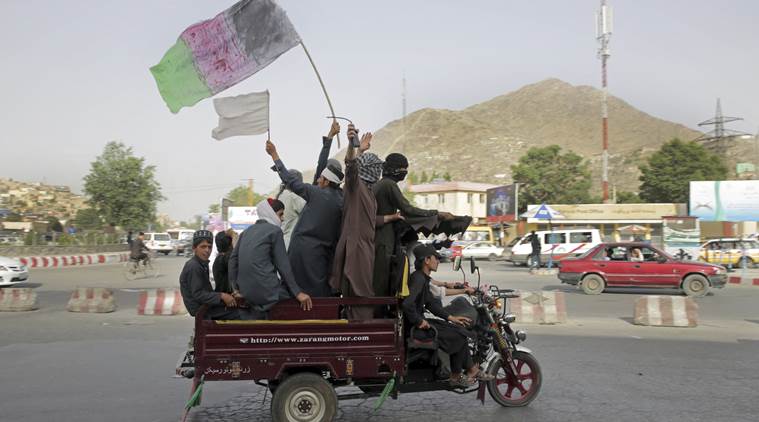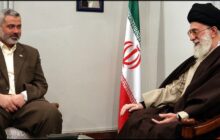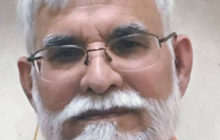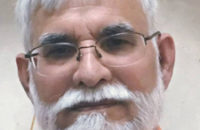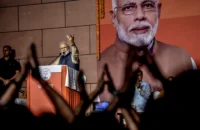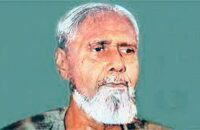By Khaled Ahmed
America is thinking of quitting Afghanistan because its soldiers are too expensive to send abroad. It stands to save $43 billion annually if it leaves. Pakistan is scared of what will happen if America really quits and Afghanistan returns to its heroin-sustained warlordism. The Afghan Taliban are winning on a daily basis and control half of the country, eying the 250,000-strong Afghan army as future Taliban. India has presence in Afghanistan after the construction of the game-changing Chabahar Port in Iran and the highway that links it to Kabul.
Three South Asian Association of Regional Cooperation (SAARC) members — Afghanistan, Pakistan, India — could have cooperated but are poised to fight instead. And it is difficult to say who will fight who. The Taliban have warriors in their hordes who have come from the Middle East and Central Asia; and there are ISIS-Daesh and Al Qaeda still operational in the country, threatening all the three SAARC members. China is the next economic presence in Afghanistan after India, and Turkey is eying an opportunity to play its role to safeguard the interests of Afghanistan’s Turkmen-Turkic community whose leader Rashid Dostum has been vice-president of Afghanistan and chief of the Afghan army.
Rebellious Pakistani Taliban, safely located in northwestern Afghanistan, has hurt Pakistan as no one else in Afghanistan. On December 16, 2014, six of its gunmen attacked the Army Public School in Peshawar, killing 132 children. The killers included one Chechen, three Arabs and two Afghans. This was the final trauma that changed the thinking of the Pakistan army and forced it to question why the Afghan Taliban were allowing the Pakistani killers to live on their territory. Embarrassed by the fact that “enemy” America was killing them instead with drones, Pakistan no longer viewed Afghanistan as its “strategic depth” against India, which had snuck into this “depth” and thrown a front-and-back challenge to Pakistan.
Chief of Pakistani Taliban, Baitullah Mehsud, who engineered the assassination of Benazir Bhutto in December 2007, was killed by an American drone in August 2009. (In 2017, Pakistan actually acquitted the men he had sent down for the assassination!) The most wanted terrorist chief of the Pakistani Taliban, Hakimullah Mehsud became the next victim of the American drones, despite Pakistan’s protests (sic!), in November 2013, after he had captured and personally executed two ex-ISI officers.
No one could communicate with the Taliban. America couldn’t rely on them even after they had done the job of defeating the Soviet Union. It turned on them finally after 9/11. Pakistan thought they could get anything done in Afghanistan through the Haqqani clan but found that the Haqqanis instead had an ideological plan of their own.
When the Taliban ruled in Afghanistan, Pakistan’s own jihadi underground in the madrasa-dominated regions was vulnerable to their seduction. It is true that most Afghans will accept the return of the Taliban and the destruction of the liberal order now being held up by an America-overseen constitution and American money, but they would like to leave the country — if they could — before a Taliban takeover. Returning to Islam is going to be suicidal for Afghanistan. This “small landlocked country recovering from decades of war” is among the water-stressed nations in the world and “a country whose people lack sufficient dietary diversity”. Afghanistan is on the brink of a food and water crisis.
A dead SAARC must be revived to decide what its three members are going to do after the Americans leave Afghanistan. The Ashraf Ghani government will not survive after the American-funded Afghan army disintegrates and joins up with the Taliban. That’s why the Taliban are refusing to even recognise the Kabul government: The Afghan army is the low-hanging fruit that will enlarge their capacity to challenge both Pakistan and India.
It is difficult to diagnose the state of the mind of decision-makers in Pakistan. But their decision to turn to India and offer “talks” and “trade” points to the possibility of the kind of “normalisation” needed for handling the next crisis in Afghanistan.

